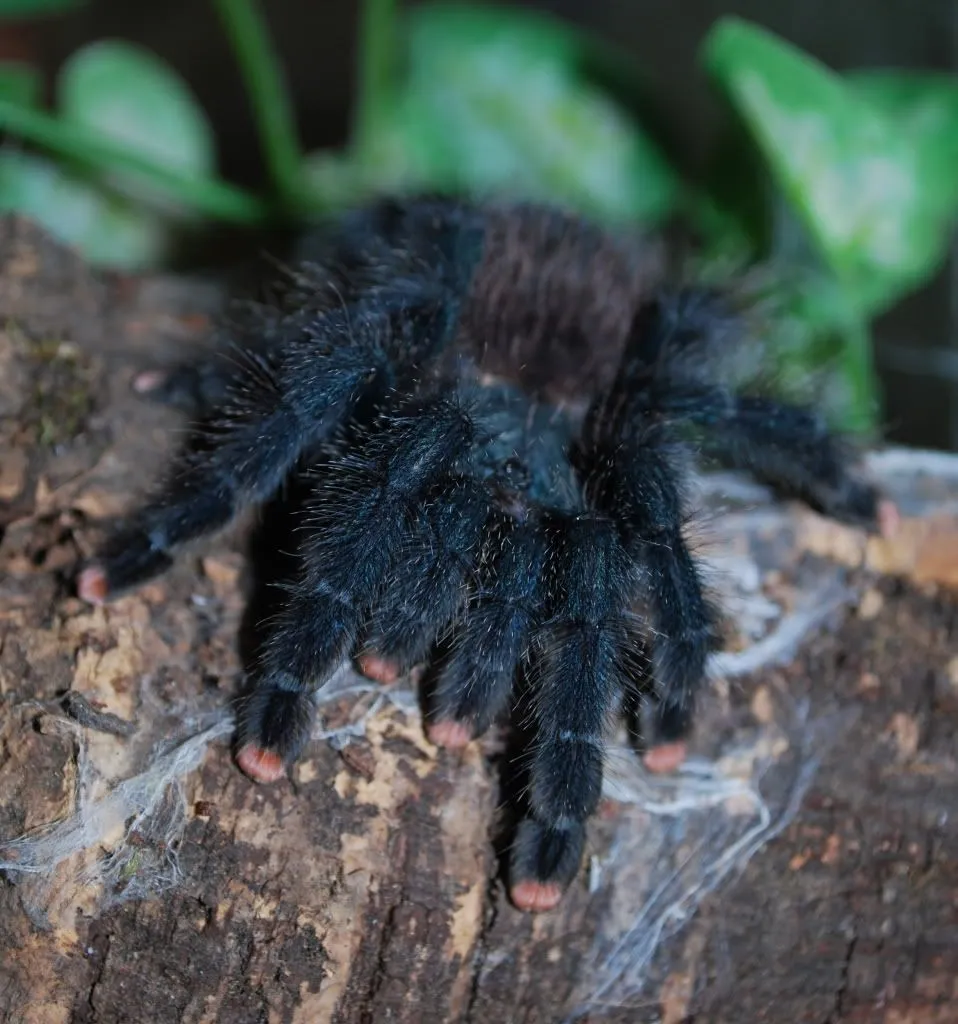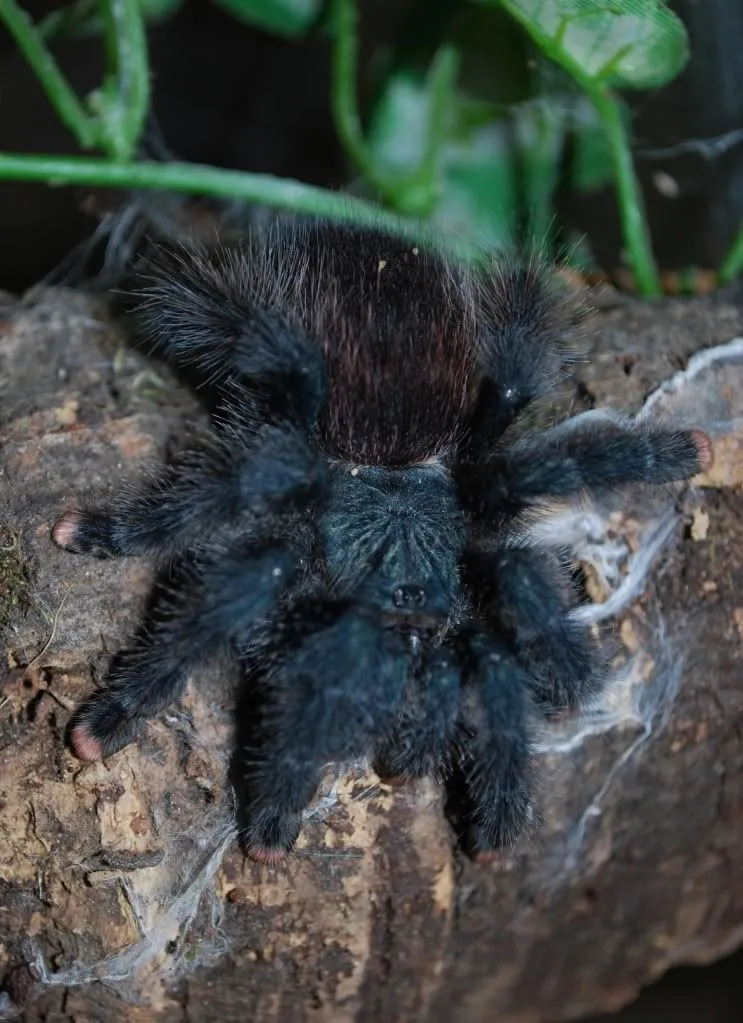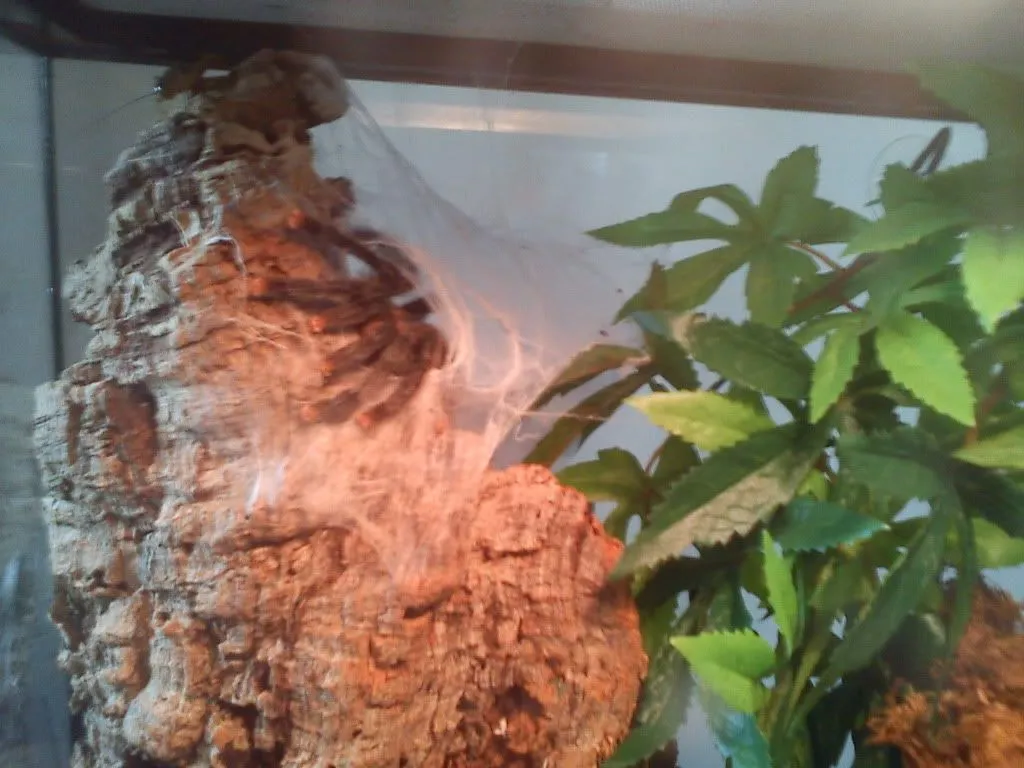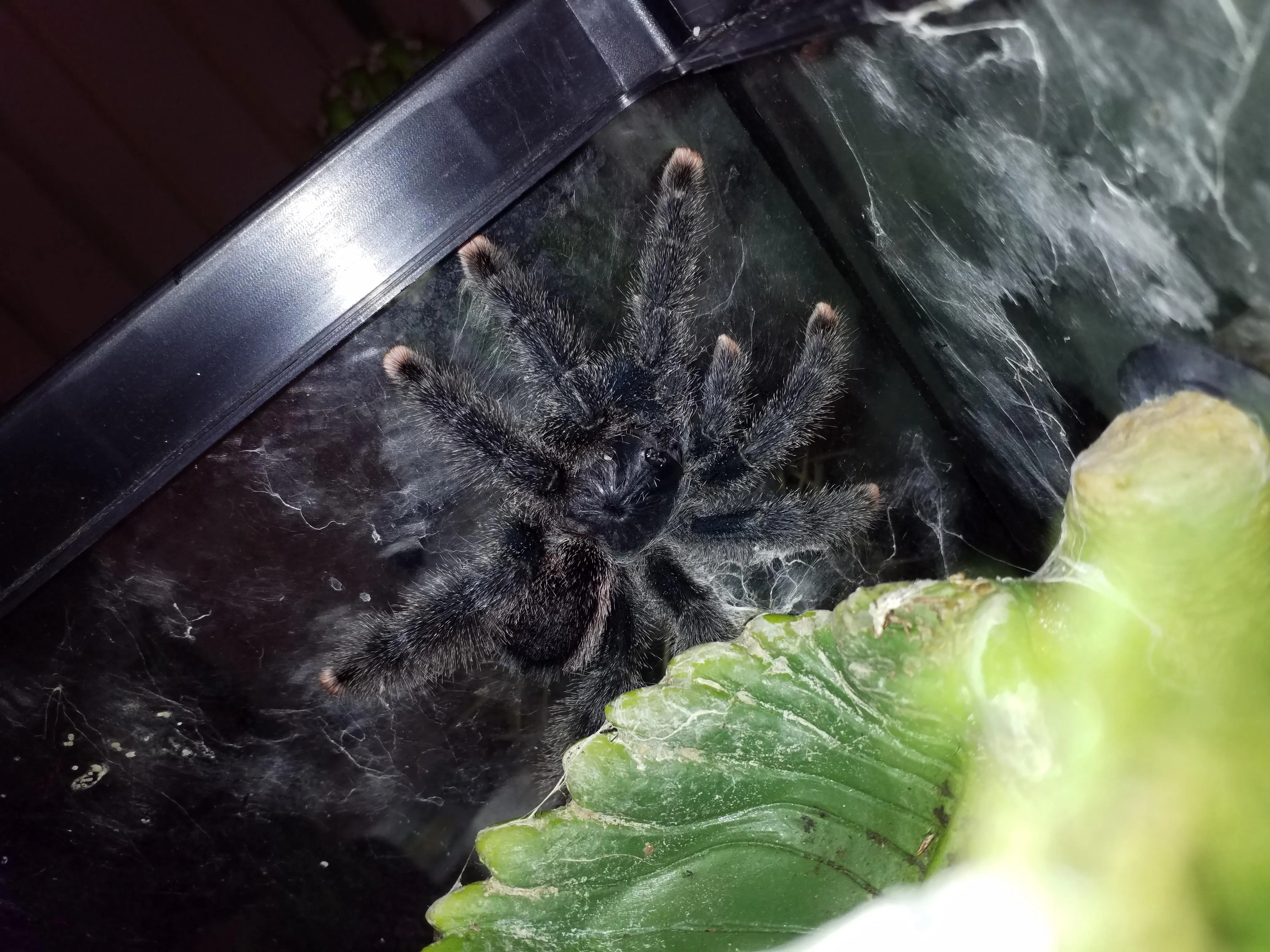Pink Toe Tarantula Eats Mouse Top 5 Facts
The Pink Toe Tarantula, a captivating creature with its arboreal lifestyle and delicate appearance, often sparks curiosity among arachnid enthusiasts. One of the most intriguing aspects of their behavior is their diet, particularly the question of whether they eat mice. This article delves into the fascinating world of Pink Toe Tarantulas, exploring their predatory nature, dietary habits, and the specifics of feeding them mice. We’ll uncover the top 5 facts about this behavior, providing valuable insights for both novice and experienced tarantula keepers. Prepare to be amazed by the natural instincts and feeding preferences of these remarkable spiders.
The Predatory Nature of the Pink Toe Tarantula
Pink Toe Tarantulas, scientifically known as Avicularia avicularia, are naturally predatory creatures. Their hunting instincts are deeply ingrained, driven by the need to survive and thrive in their environment. In the wild, these tarantulas are opportunistic hunters, feeding on a variety of insects, small invertebrates, and occasionally, small vertebrates. Their hunting style involves ambushing prey, using their venom to subdue it, and then consuming it. This predatory behavior is a crucial aspect of their survival, and understanding it is key to providing proper care in captivity. The Pink Toe Tarantula’s agility and speed, combined with their potent venom, make them effective predators in their natural habitats.
Understanding Tarantula Diets

A well-balanced diet is essential for the health and longevity of any tarantula, and the Pink Toe Tarantula is no exception. In captivity, their diet typically consists of live insects such as crickets, mealworms, roaches, and other commercially available invertebrates. The size and type of prey should be appropriate for the tarantula’s size. Overfeeding can lead to health problems, such as obesity and difficulties molting, while underfeeding can stunt growth and weaken the tarantula. Providing a varied diet ensures that the tarantula receives the necessary nutrients to maintain its health. Always ensure that the prey is gut-loaded with nutritious food to enhance the nutritional value for the tarantula, and remove any uneaten prey to prevent stress or harm to the spider.
The Mouse as a Food Source
While insects are the staple diet of most Pink Toe Tarantulas in captivity, some keepers choose to offer mice as an occasional treat or supplement. Mice can provide a different set of nutrients, contributing to the tarantula’s overall health. However, it’s important to consider the size of the mouse relative to the tarantula. A mouse that is too large can pose a danger to the tarantula, potentially injuring it during the feeding process. It’s also important to source mice from reputable breeders to minimize the risk of disease or parasites. Feeding mice should be a carefully considered decision, balancing the nutritional benefits with potential risks. Always supervise the feeding process to ensure the safety of the tarantula.
Fact 1 How Often Do They Eat Mice
The frequency with which Pink Toe Tarantulas should be fed mice depends on several factors, including the tarantula’s size, age, and overall health. As a general guideline, adult Pink Toe Tarantulas can be offered a small mouse every few months, or even less frequently. Spiderlings and juvenile tarantulas should not be fed mice, as their exoskeletons are not strong enough to handle the struggle. Overfeeding mice can lead to obesity and other health issues. It’s crucial to monitor the tarantula’s abdomen, which should be appropriately sized after feeding. If the abdomen appears overly large or swollen, it may indicate overfeeding. Adjust the feeding schedule accordingly to maintain optimal health and prevent potential health complications.
Fact 2 Nutritional Benefits of Mice

Mice provide a different nutritional profile compared to insects. They are rich in protein and fats, which can contribute to the tarantula’s growth and energy reserves. The bone content in mice also provides essential minerals, such as calcium, which is crucial for exoskeleton development and overall bone health. However, it’s important to remember that a diet consisting solely of mice can lead to an imbalance of nutrients. Mice have a higher fat content than insects, so overfeeding can cause obesity. They can also lack certain vitamins and minerals that are essential for the tarantula’s health. Therefore, mice should only be offered as an occasional supplement, and not as the primary food source.
Fact 3 Size Matters When Feeding Mice
When feeding mice to a Pink Toe Tarantula, the size of the mouse is critically important. The general rule is to provide a mouse that is no larger than the tarantula’s body (excluding the legs). A mouse that is too large can pose a significant risk to the tarantula, potentially injuring it during the struggle or causing digestive issues. Always supervise the feeding process closely. If the mouse appears too large, it may be best to remove it and offer a smaller prey item. Young Pink Toe Tarantulas and spiderlings should never be fed mice due to their fragile exoskeletons and vulnerability to injury. Proper size selection is essential to minimize risks and ensure a safe and successful feeding experience for your tarantula.
Fact 4 The Hunting Process
The hunting process for a Pink Toe Tarantula when feeding on a mouse is a fascinating display of predatory behavior. Unlike insect prey, mice can pose a challenge. The tarantula will typically ambush the mouse, often striking from a concealed position or during the mouse’s movement. The tarantula will use its fangs to inject venom, which will immobilize and begin to break down the mouse’s tissues, making it easier to consume. The tarantula’s chelicerae, or fangs, are strong enough to pierce the mouse’s skin, but the process requires precision and speed. It’s important to observe the process but avoid interfering. Once the mouse is subdued, the tarantula may carry the prey back to its burrow to consume it in peace. This can take some time, depending on the size of the mouse and the tarantula.
Fact 5 Potential Risks of Feeding Mice

Feeding mice to Pink Toe Tarantulas does come with potential risks. One of the biggest concerns is the risk of injury to the tarantula. If the mouse is too large or if the tarantula doesn’t successfully subdue the mouse, the mouse may bite or scratch the tarantula, leading to injuries. Mice can also carry parasites or diseases that could potentially be transmitted to the tarantula. Source mice from reputable breeders to minimize this risk. Furthermore, mice have a higher fat content than insects, so overfeeding can lead to obesity and health problems. The keeper must closely monitor the tarantula’s body condition and feeding frequency. By being aware of these potential risks and taking necessary precautions, you can minimize any adverse effects and ensure the health of your Pink Toe Tarantula.
